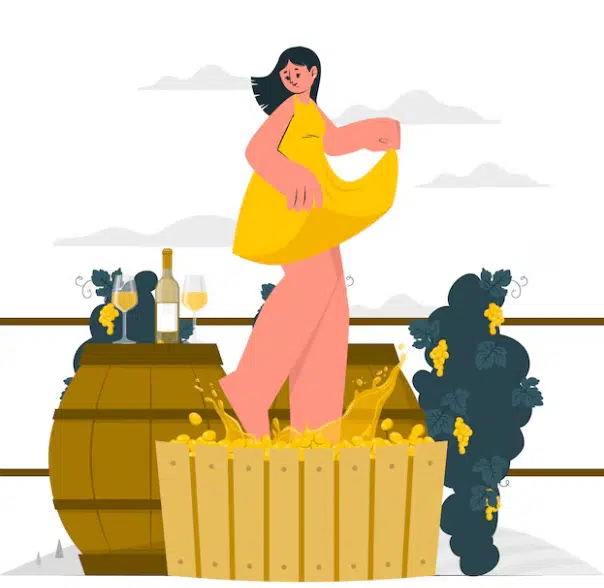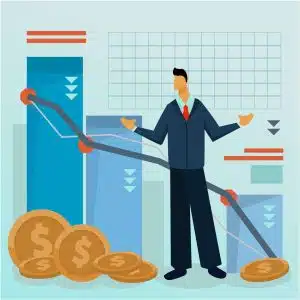When it comes to building a robust investment portfolio, alternative assets have become a compelling option for many investors, especially in the United States. Unlike traditional investments like stocks and bonds, these unique assets, such as art, wine, and rare collectibles, offer diversification benefits that can hedge against market volatility. The allure of these assets lies not only in their potential for financial gain but also in the intrinsic value they provide.
The appreciation of alternative assets often operates independently of the stock market, providing a buffer in times of economic turbulence. With many investors seeking safer havens amidst uncertain markets, these tangible assets offer both passion-driven engagement and potential profit. Furthermore, as wealthy individuals and institutional investors increasingly allocate funds into these categories, the trend highlights their credibility and growth potential.
The appeal of art as an investment option
Art has long held a prestigious place in society and is now emerging as a potent investment alternative. Historically, art pieces have appreciated over time, often outpacing traditional investment vehicles. The art market is large and diverse, encompassing paintings, sculptures, photography, and digital art, such as NFTs (non-fungible tokens). This diversity offers investors numerous niches to explore, each with its own characteristics and potential returns. Investing in art is not just about financial gain; it is an experience, connecting collectors to cultural and historical narratives that art pieces embody.
High-net-worth individuals are increasingly turning to art as a store of value and a means to diversify their portfolios. The tangible nature of art provides a sense of stability against the backdrop of fluctuating financial markets. Moreover, the advent of online platforms and art investment funds has made the art world more accessible to a broader range of investors. Understanding market trends, artist reputations, and provenance are critical in making informed investment choices. Whether you are drawn to classic works or contemporary pieces, each acquisition has the potential to enhance your portfolio’s value.
Fine wine: savoring returns
Investing in fine wine offers a unique blend of pleasure and opportunity. As an asset class, wine has shown a remarkable ability to maintain and even increase in value over time. This wine market is largely driven by rarity, demand, and the aging process, qualities that can contribute to substantial appreciation. Wine investment is subject to less market volatility, aligning it with the strategies of investors seeking stability amidst economic shifts. Additionally, there is a growing global demand for high-quality wines, which has fueled price appreciation for investment-grade bottles.
A key aspect of successful wine investment is understanding the factors that influence wine values, such as vintage, provenance, and storage conditions. Storing wines under optimal conditions is crucial to preserving their value and enhancing their investment potential. World-renowned regions like Bordeaux, Burgundy, and Napa Valley offer some of the most sought-after wines, and their limited production ensures continued demand among collectors and investors. Building a wine portfolio can involve direct purchases, investment in wine funds, or participation in wine futures markets.
Rare collectibles: more than just a hobby
Collectibles, ranging from vintage stamps and coins to classic cars and comic books, offer another exciting avenue for diversification. The collector’s market is often emotional and passion-driven, but these items can also serve as valuable investment assets. Like other alternative assets, collectibles can offer protection against inflation and economic downturns, appreciating in value when mainstream investments struggle. As each collectible is unique, they often come with rarity values that can significantly bolster one’s portfolio over time.
The key to investing in collectibles lies in expertise and knowledge of the market. This involves understanding trends, rarity, and historical significance of the items in question. Well-informed investors who are passionate about their collections tend to perform better, as they can identify undervalued items and predict future trends. Purchasing collectibles should be approached with a balance of due diligence and personal interest, ensuring that each item not only fits investment goals but also brings joy and satisfaction to the collector.
The importance of diversification
While investing in alternative assets such as art, wine, and collectibles can be rewarding, it’s essential to remember the fundamental principle of diversification. Diversifying across different asset classes can mitigate risk and balance potential losses in any single category. Alternative assets should complement, not replace, traditional investments in a well-rounded portfolio. By spreading investments, individuals can maneuver through varying economic climates with greater flexibility and resilience.
Moreover, diversification involves not only choosing different asset types but also considering the time horizon and liquidity needs of your investments. Art and wine investments, for example, can be less liquid than stocks and bonds; therefore, investors should be prepared for longer holding periods. Establishing a balanced mix of liquid and illiquid assets, as well as short-term and long-term holdings, helps create a stable and adaptive investment strategy.





